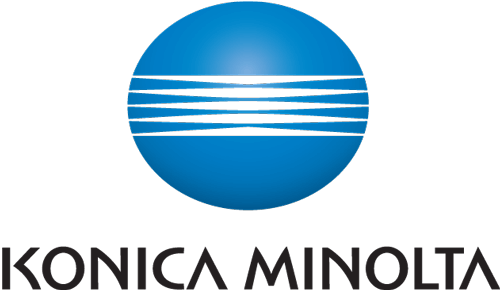Data Security Q&A
In recent years, BTA has taken the lead to thwart any state data security legislation from moving forward or being passed, as it relates to the data that is on the hard drive of a copier/MFP. To respond to inquiries we have received from members, below are answers to questions about data security from industry vendors. These Q&A's were completed in September 2012.
Click on a vendor's name to jump to its responses:
| (1) Is the data encrypted? (2) Is the data removal feature a standard option in all your copier/MFPs that store user data?
(3) Is it sold as an option or is it provided at no charge? (4) Is the feature enabled at the factory? (5) Can the feature be turned off or disabled? (6) If not enabled at the factory, what is the process to have the feature turned on?
(7) Is the data removal comprehensive and complete? Does it meet any standards? (8) How frequently is the data removed? Describe implementation. For Automatic Job Overwrite (Temporary Data Overwrite) - This happens as soon as the job is processed, with no noticeable performance degradation. The control panel never says "please wait - overwriting data." (9) What model/year was the feature introduced? (10) Is there an additional "complete wipe" feature available that an end user can utilize at end of term? (11) How long does it take to remove all data at the end of term? (12) Have these standards/features been implemented on all product segments? |
 |
| (1) Is the data encrypted? (2) Is the data removal feature a standard option in all your copier/MFPs that store user data? (3) Is it sold as an option or is it provided at no charge? (4) Is the feature enabled at the factory? (5) Can the feature be turned off or disabled? (6) If not enabled at the factory, what is the process to have the feature turned on? (7) Is the data removal comprehensive and complete? Does it meet any standards? (8) How frequently is the data removed? Describe implementation. (9) What model/year was the feature introduced? End-of-life wiping was introduced in Lexmark devices in Q4 2005. Non-volatile-memory wiping was added to devices via a firmware update in Q4 2010. File-based wiping was introduced in Lexmark devices in Q4 2008. (10) Is there an additional "complete wipe" feature available that an end user can utilize at end of term? (11) How long does it take to remove all data at the end of term? (12) Have these standards/features been implemented on all product segments? |
 |
| (1) Is the data encrypted? Monochrome Color (2) Is the data removal feature a standard option in all your copier/MFPs that store user data? The optional Data Security Kit provides earlier-released models with data removal functions such as an on-demand overwrite, automatically after each job, and "power-up auto-clear." Any of these can be set to overwrite any stored data using a one-to-seven-times overwrite action. (3) Is it sold as an option or is it provided at no charge? (4) Is the feature enabled at the factory? Models that use the optional Data Security Kit can have the kit installed at any time during the life of the MFP. Here, it is recommended that the Data Security Kit be installed prior to the MFP being placed at the end-customer's location. A servicing dealer installs the optional Data Security Kit. In both cases, the end-customer system/security administrator has the ability to configure security features as required by his (or her) organization. (5) Can the feature be turned off or disabled? (6) If not enabled at factory, what is the process to have the feature turned on? A servicing dealer performs installation of an optional Data Security Kit. (7) Is the data removal comprehensive and complete? Does it meet any standards? (8) How frequently is the data removed? Describe implementation. (9) What model/year was the feature introduced? (10) Is there an additional "complete wipe" feature available that an end user can utilize at end of term? (11) How long does it take to remove all data at the end of term? (12) Have these standards/features been implemented on all product segments? |
 |
| (1) Is the data encrypted? (2) Is the data removal feature a standard option in all your copier/MFPs that store user data? (3) Is it sold as an option or is it provided at no charge? (4) Is the feature enabled at the factory? (5) If not enabled at factory, what is the process to have the feature turned on? (6) Is the data removal comprehensive and complete? Does it meet any standards? (7) How frequently is the data removed? Describe implementation. (8) What model/year was the feature introduced? (9) Is there an additional "complete wipe" feature available that an end user can utilize at end of term? (10) How long does it take to remove all data at the end of term? (11) Have these standards/features been implemented on all product segments?
|
 |
| (1) Is the data encrypted? (2) Is the data removal feature a standard option in all your copier/MFPs that store user data? (3) Is it sold as an option or is it provided at no charge? (4) Is the feature enabled at the factory? (5) Can the feature be turned off or disabled? (6) If not enabled at factory, what is the process to have the feature turned on? (7) Is the data removal comprehensive and complete? Does it meet any standards? (8) How frequently is the data removed? Describe implementation. (9) What model/year was the feature introduced? (10) Is there an additional "complete wipe" feature available that an end user can utilize at end of term? (11) How long does it take to remove all data at the end of term? (12) Have these standards/features been implemented on all product segments? |

